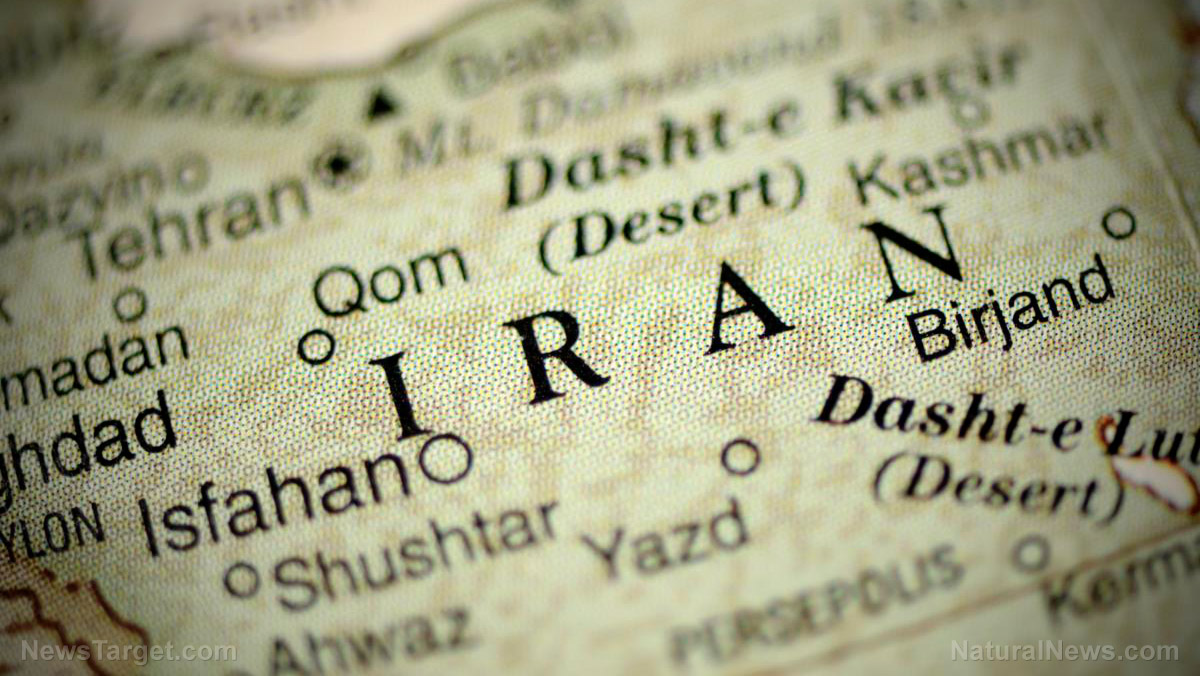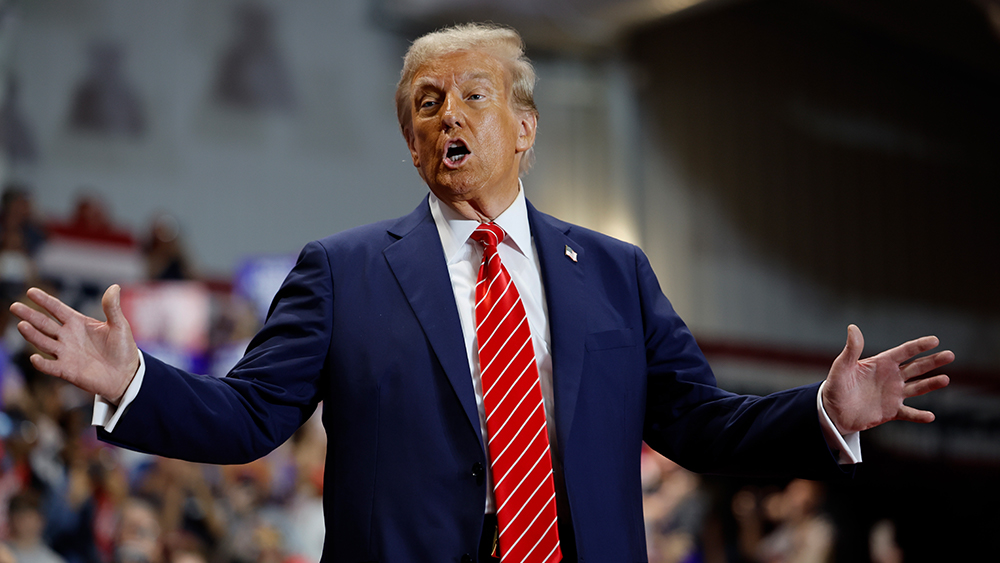
BRICS is comprised of the emerging economies of Brazil, Russia, India, China and South Africa. The alliance accounts for approximately 42 percent of the global population and about 26 percent of the world's economy.
In 2022, according to data from the Islamic Republic of Iran Customs Administration (IRICA), trading activity between Iran and the BRICS nations totaled almost 48 million tons. This equates to a value of $38.43 billion. These figures signify a 14 percent increase in both the weight and value of trade between Iran and BRICS compared to the previous year. (Related: BRICS to lay foundation for EXPANSION: 13 Nations formally asked to join group, 6 others expressed interest.)
This realignment in Iranian trade came as the nation, which holds the world's second-largest gas reserves, formally made known its intention to join BRICS.
"I think Iran seeking to join BRICS reflects the supreme leader's worldview of the increasingly multipolar world order," noted Jason Brodsky, a nonresident scholar at the think tank Middle East Institute in Washington, D.C.
"This is especially true in its attempt to create a financial channel insulated from Western pressure as a part of its resistance economy concept," added Brodsky. "With Tehran's deepening partnerships with Russia and China, increasingly warm relations with Brazil, especially after Lula's election, and India and South Africa hedging with the [Russian special military operation] in Ukraine, it likely senses an opportunity to join such a bloc."
Iran applied to join BRICS last year, and since then over a dozen other nations have expressed interest in becoming part of the economic alliance. The five-nation alliance will hold an annual summit in Cape Town, South Africa in early June to discuss membership applications.
China is Iran's main trading partner in BRICS
China is far and away Iran's main trading partner among the five nations that make up the BRICS alliance, accounting for 35.55 million tons of trade worth $30.32 billion, according to data from IRICA. By weight and value, this represents an 8.71 percent and 37.41 percent increase in trade with Iran, respectively.
The communist nation is followed by India, with 7.3 million tons of trade worth $4.99 billion, down 9.38 percent and up 46.92 percent in trade weight and value, respectively. India is followed by Russia, with whom it had 4.04 million tons of trade worth $2.32 billion, down 17.81 percent and up 3.59 percent in trade weight and value, respectively.
They are followed next by Brazil, with 483,486 tons (down 64.44 percent) of trade worth $466.55 million (down 36.76 percent) and South Africa with 608,491 tons (up 9.72 percent) of trade worth $322.04 million (up 23.52 percent).
Iran's exports stood at 38.73 million tons, worth $17.85 billion, registering a 2.43 percent and 4.02 percent increase in terms of weight and value, respectively.
Most of Iran's exports are crude oil and natural gas, which collectively account for over 80 percent of the country's export revenues. Other notable exports include plastics, chemicals, iron and fruit. The country's main imports sourced from BRICS nations include machinery, cereals, electrical and electronic equipment and pharmaceutical products.
Learn more about how the world is divesting from overreliance on the American dollar and economy at DollarDemise.com.
Watch this episode of the "Health Ranger Report" as Mike Adams, the Health Ranger, interviews financial expert Andy Schectman about how BRICS will bring about the demise of the dollar system.
This video is from the Health Ranger Report on Brighteon.com.
More related stories:
Russian and Iranian officials discuss ways to WEAKEN THE DOLLAR.
Potential BRICS expansion could mark end of dollar as world's pre-eminent currency.
Sources include:
Please contact us for more information.

















